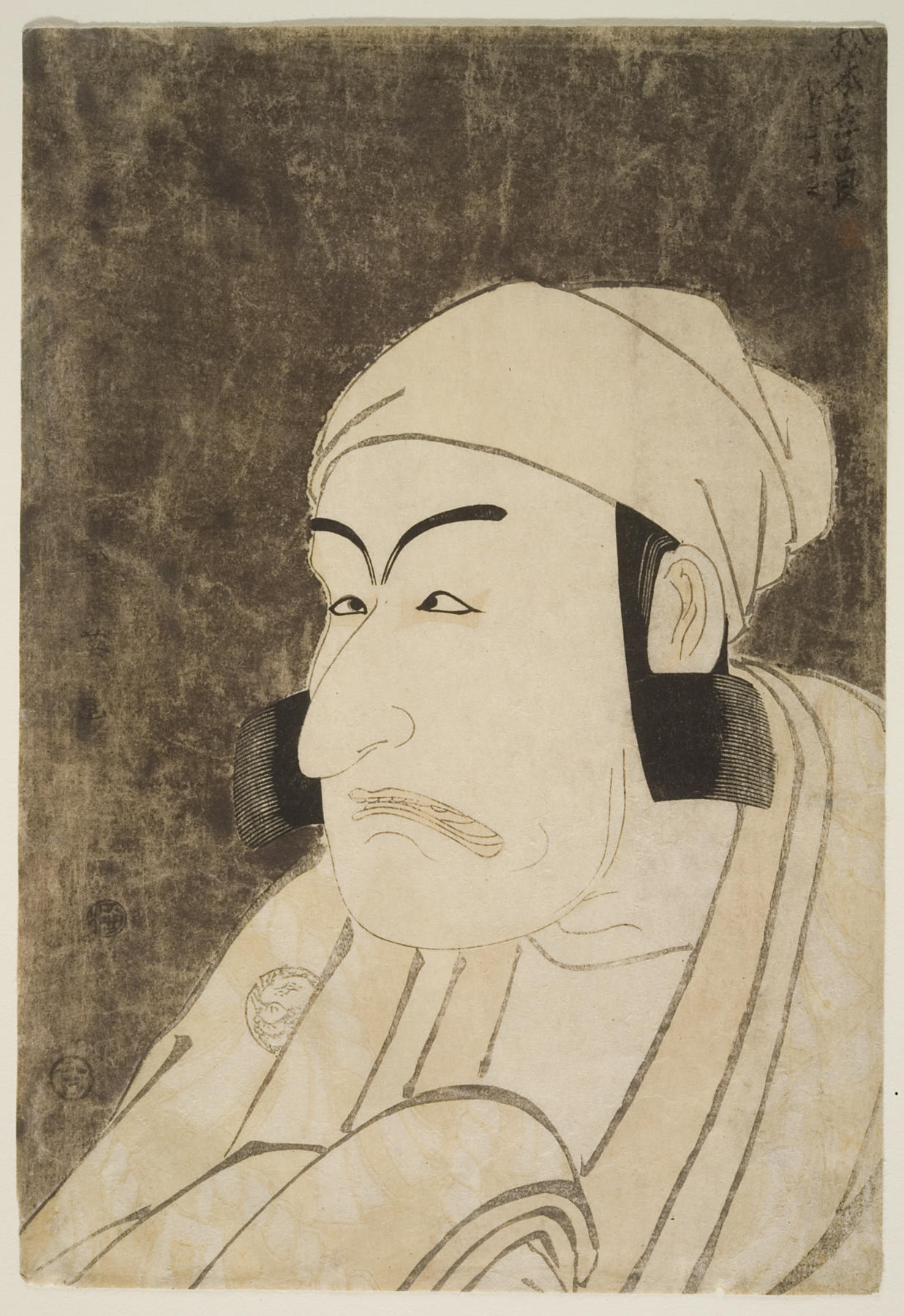Portrait of the Actor Matsumoto Kōshirō IV, Katsukawa Shun'ei
Artwork Overview
Katsukawa Shun'ei, artist
1762–1819
Portrait of the Actor Matsumoto Kōshirō IV,
1794, Edo period (1600–1868)
Portfolio/Series title: untitled series of actor portraits with mica-dusted backgrounds
Where object was made: Japan
Material/technique: mica; color woodcut
Dimensions:
Image Dimensions Height/Width (Height x Width): 314 x 215 mm
Image Dimensions Height/Width (Height x Width): 12 3/8 x 8 7/16 in
Mat Dimensions (Height x Width): 19 x 14 in
Image Dimensions Height/Width (Height x Width): 314 x 215 mm
Image Dimensions Height/Width (Height x Width): 12 3/8 x 8 7/16 in
Mat Dimensions (Height x Width): 19 x 14 in
Credit line: Museum purchase
Accession number: 1982.0127
Not on display
If you wish to reproduce this image, please submit an image request


